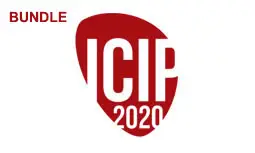SEMI-AUTOMATIC GENERATION OF TIGHT BINARY MASKS AND NON-CONVEX ISOSURFACES FOR QUANTITATIVE ANALYSIS OF 3D BIOLOGICAL SAMPLES
Sourabh Bhide, Ralf Mikut, Maria Leptin, Johannes Stegmaier
-
Members: FreeSPS
IEEE Members: $11.00
Non-members: $15.00Length: 14:56
26 Oct 2020
Current in vivo microscopy allows us detailed spatiotemporal imaging (3D+t) of complete organisms and offers insights into their development on the cellular level. Even though the imaging speed and quality is steadily improving, fully-automated segmentation is often not accurate enough in low-signal image regions. This is particularly true while imaging large samples (100um - 1mm) and deep inside the specimen. Drosophila embryogenesis, widely used as a developmental paradigm, presents an example for such a challenge, especially where cell outlines need to imaged - a general challenge in other systems as well. To deal with the current bottleneck in analyzing quantitatively the 3D+t light-sheet microscopy images of Drosophila embryos, we developed a collection of semi-automatic open-source tools. The presented methods include a semi-automatic masking procedure, automatic projection of non-convex 3D isosurfaces to 2D representations as well as cell segmentation and tracking.



